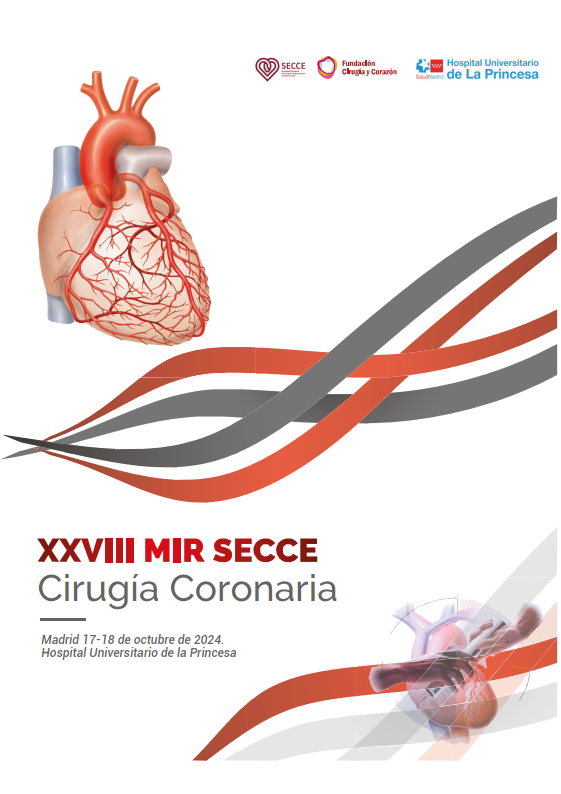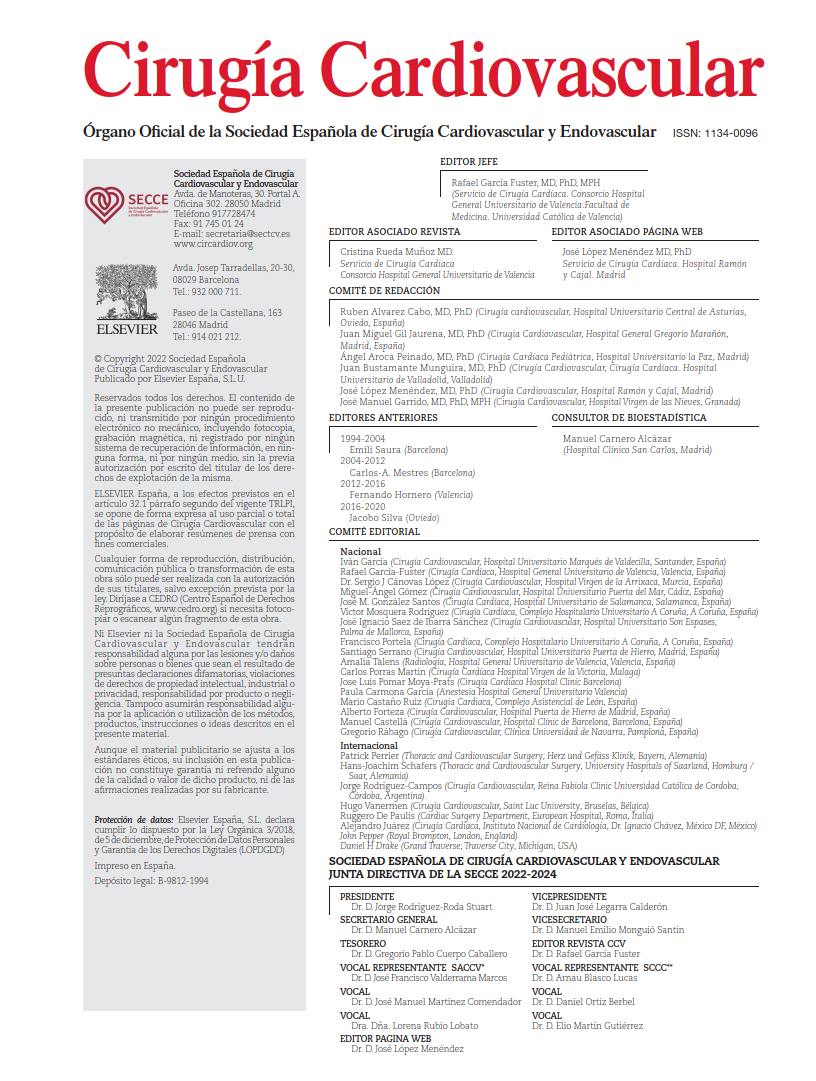The surgical management of aortic valve disease in pediatric populations remains a matter of debate, as no standardized intervention exists equivalent to that used in adults. Nevertheless, the general consensus favors valve repair whenever technically feasible. In cases where the valve is unreparable or unlikely to offer long-term durability, several replacement strategies may be considered.
Mechanical valve replacement is associated with increased morbidity due to lifelong anticoagulation and the absence of annular growth potential, often necessitating subsequent prosthetic replacements as the child grows. Alternative techniques include the Ross procedure and aortic valve neocuspidization (Ozaki technique), the latter of which has only recently been introduced in pediatric patients and lacks long-term follow-up data.
In this retrospective cohort of 54 patients with significant aortic valve disease, the Ross procedure was performed in 35 patients (65%), primarily in the context of stenotic or mixed lesions, provided no contraindications existed. The remaining 19 patients (35%) underwent the Ozaki procedure, typically indicated for patients with predominant aortic regurgitation or dilated annuli. The study period spanned from January 2017 to December 2023, and aimed to evaluate the incidence of moderate-or-greater aortic stenosis and/or regurgitation postoperatively, as well as the need for subsequent valve reintervention. The primary endpoint was freedom from moderate-or-greater aortic valve dysfunction during follow-up.
Freedom from moderate-or-greater aortic valve disease was 92% at 2 years and 88% at 4 years in the Ross group, compared with 59% at 2 years and 30% at 4 years in the Ozaki group (p < .001). Freedom from aortic valve reoperation reached 100% at 2 years and 94% at 4 years in the Ross cohort, versus 92% and 71%, respectively, in the Ozaki group (p= .002). In the Ozaki group, 6 patients required reoperation due to moderate-to-severe or severe regurgitation (one with associated moderate-to-severe stenosis), including 2 cases of endocarditis.
The authors suggested that the Ross procedure may provide a more durable neoaortic valve in patients with stenosis or mixed lesions, although it carries a higher risk of early postoperative complications and later reinterventions involving the right ventricular outflow tract (RVOT) conduit. Conversely, the Ozaki technique—typically used in patients with regurgitation or large annuli—was associated with suboptimal midterm outcomes. Nonetheless, larger prospective multicenter studies are warranted to validate these findings.
COMMENTARY:
Several alternatives exist for pediatric patients with unreparable aortic valves or valves unlikely to offer durable repair, beyond mechanical valve replacement. In this context, the Ross procedure has re-emerged and the Ozaki technique has been introduced—until recently limited to adult patients.
Historically, the Ross procedure has been the most widely accepted alternative for unreconstructable aortic valves, offering favorable long-term outcomes and a lower reintervention rate compared with the Ozaki procedure. However, it affects pulmonary valve function and typically necessitates future interventions on the RVOT conduit or homograft. Technically demanding, the Ross procedure has a steep learning curve and may lead to early postoperative complications such as bleeding, coronary injury during autograft harvesting, or pericardial effusion, often requiring longer ICU stays.
Nevertheless, the Ross procedure offers several advantages: the potential for autograft growth (unlike with prosthetic valves), no need for lifelong anticoagulation, and an excellent hemodynamic profile.
Although long-term outcomes of the Ozaki procedure in pediatric patients remain undefined, the technique appears to be a promising and safe short-term alternative. It may serve as a reasonable option in patients who are not candidates for the Ross procedure—those with abnormal pulmonary valves, significant anatomical mismatch between aortic and pulmonary annuli, connective tissue disorders, or immune complex diseases affecting valvular tissue.
The Ozaki procedure offers clear technical advantages, including reproducibility, a shorter learning curve, and no need for prolonged cardiopulmonary bypass, aortic cross-clamping, or hospital stay. It is also associated with reduced need for antithrombotic therapy. Moreover, as others have noted, it avoids compromising the right side of the heart in efforts to repair the left, thereby preserving the option of future Ross procedures or mechanical valve implantation depending on annular size. One of its key strengths remains the elimination of chronic anticoagulation.
In Spain, the first reported Ozaki series (October 2019–July 2021) included 11 patients with a median follow-up of 12 months, reporting only one case of moderate-to-severe regurgitation. At Boston Children’s Hospital, a cohort of 57 Ozaki procedures (August 2015–February 2019) with a median follow-up of 8 months showed 96% and 91% freedom from significant stenosis and regurgitation, respectively. However, given its recent adoption in the pediatric setting, long-term data from prospective multicenter studies are still needed.
The limitations of the present study include its retrospective design and the small, single-center sample, limiting its external validity. The relatively short growth period evaluated and potential publication bias should also be acknowledged.
In conclusion, the Ozaki technique should be considered an additional resource in the surgical management of pediatric aortic valve disease. While not a definitive solution, it may serve as a bridge to more durable interventions—such as prosthetic replacement—in patients with contraindications to anticoagulation in whom surgery cannot be postponed. It may also serve as a valid alternative for patients ineligible for the Ross procedure, although larger prospective studies are necessary. At present, the Ross procedure remains the most widely used option in children with unreparable aortic valve disease, backed by substantial clinical evidence supporting its use and notable durability in preventing aortic valve dysfunction. The challenge going forward is to optimize strategies to minimize the need for RVOT reintervention.
REFERENCE:
Zhang W, Jiang Q, Liu Y, Zhu Y, Hu R, Zhang Y, Dong W, Zhang H. Surgical outcomes of aortic valve replacement in children with Ross and Ozaki procedure. Eur J Cardiothorac Surg. 2025 Mar 4;67(3):ezaf088. doi: 10.1093/ejcts/ezaf088. PMID: 40088928.



